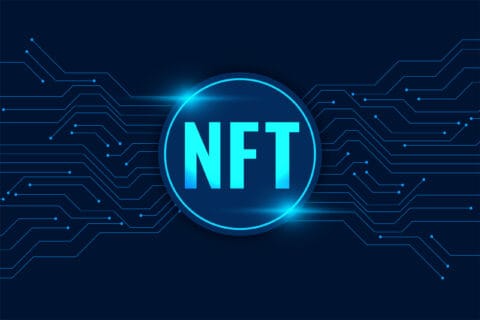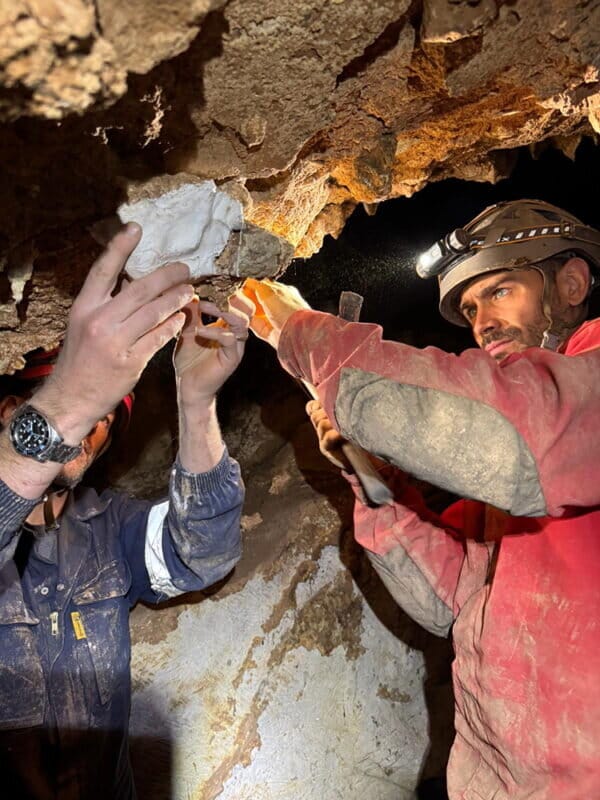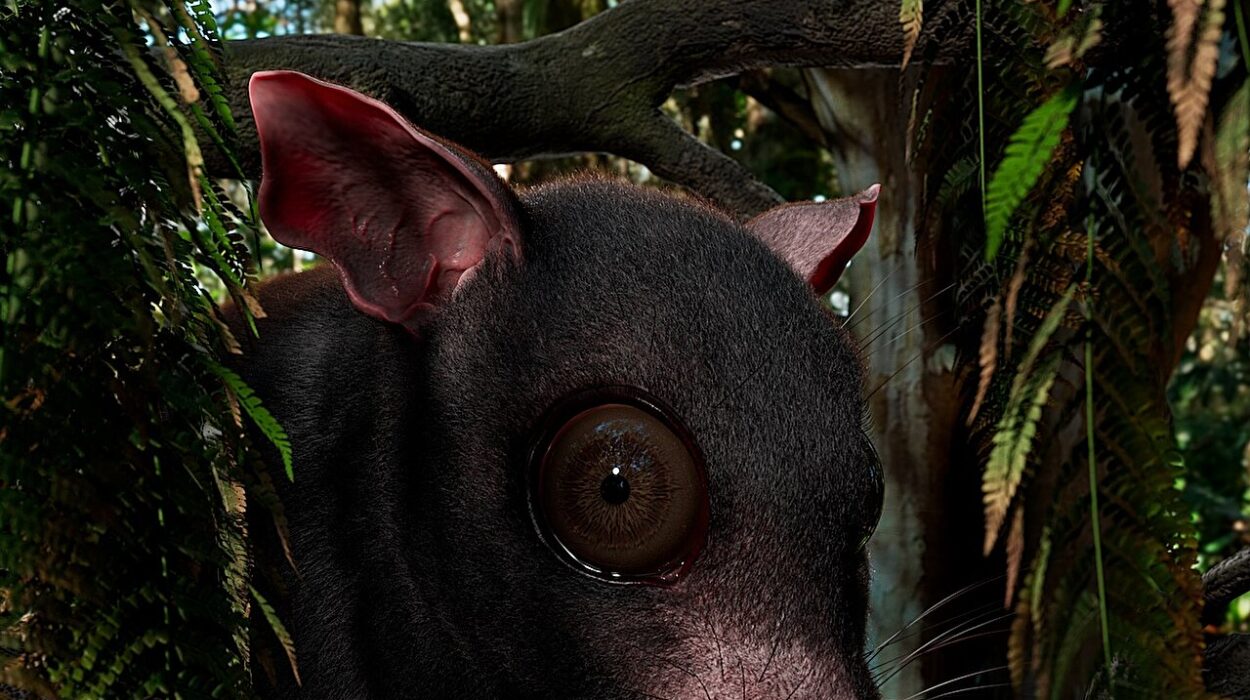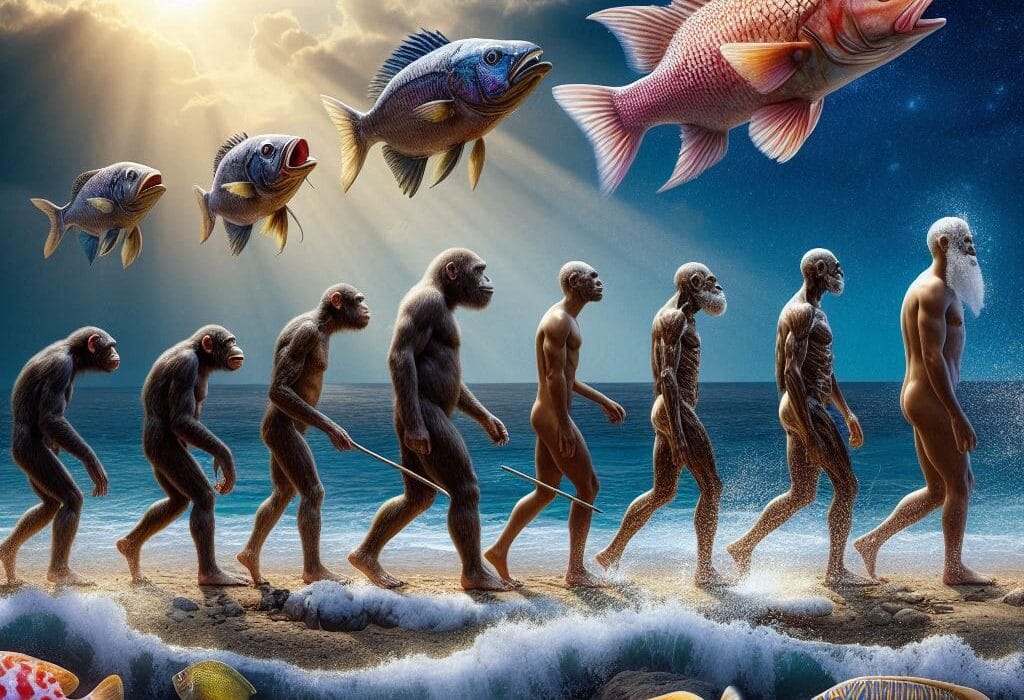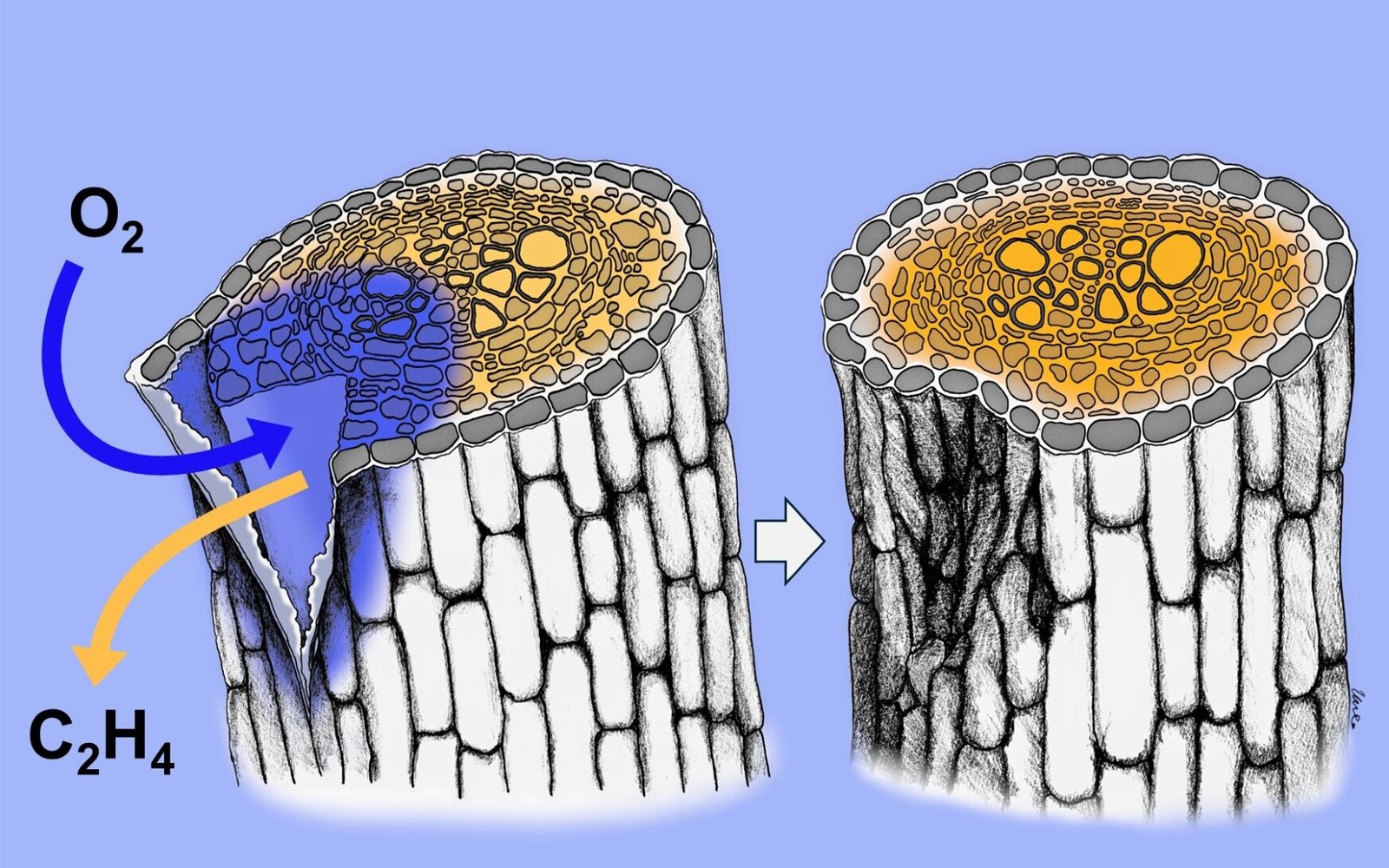In the early 2020s, three letters began to dominate headlines in both tech news and mainstream culture: NFT. Short for “Non-Fungible Token,” NFTs emerged as a novel way to prove ownership of unique digital assets on the blockchain. While the early buzz revolved around digital art — pixelated avatars selling for millions, animated GIFs fetching more than a Picasso painting — the deeper potential of NFTs runs far beyond the art market.
What made NFTs so compelling wasn’t merely the idea that a JPEG could be sold like a rare collectible. It was the underlying technology’s ability to create scarcity, proof of ownership, and transferability for any digital or tokenized asset. For the first time in internet history, digital content could be provably unique and securely traded without relying on centralized authorities.
The hype around digital art was just the first chapter of a much bigger story. The real revolution begins when we explore how NFTs can transform industries from gaming and music to real estate, education, identity management, and beyond.
Understanding the Core of an NFT
To understand NFTs’ potential outside of art, we first need to grasp the fundamentals. An NFT is a unique cryptographic token stored on a blockchain — typically Ethereum, though other networks like Solana, Polygon, and Tezos have emerged as major players. “Non-fungible” means it’s not interchangeable on a one-to-one basis like currency. A $10 bill can be swapped for another $10 bill, but an NFT is inherently distinct, with its own metadata, history, and provenance.
This uniqueness is the key to its power. In a digital world where files can be copied endlessly without loss of quality, NFTs create the equivalent of a signature or certificate of authenticity. They don’t store the asset itself — most images, videos, or files are kept on decentralized storage networks like IPFS — but they store the ownership and transaction record. That makes them tamper-proof and permanent as long as the blockchain exists.
This is why NFTs are more than just “expensive JPEGs.” They’re a new way to create trust, value, and verifiable uniqueness in a realm that has traditionally been plagued by duplication and piracy.
Breaking Free from the Art-Only Narrative
Digital art became the poster child for NFTs for two main reasons: the art world already valued rarity, and blockchain marketplaces like OpenSea and Rarible made it easy to mint and sell artworks. However, this focus led many to believe NFTs were a niche tool for collectors and speculators.
The truth is, NFTs are simply a digital ownership technology. Just as the printing press transformed communication, and just as the internet transformed commerce, NFTs have the potential to transform ownership in the digital age. The “art boom” was merely the first visible spark — the kind that gets headlines — but it’s far from the full blaze.
NFTs can represent rights, access, proof, and even identity. They can carry not just static assets, but evolving, interactive, and programmable ones. In short, NFTs are as flexible as the imagination of the people building them.
Gaming: Where Virtual Assets Get Real
Perhaps the most natural NFT use case outside of art is gaming. Gamers have been buying digital skins, weapons, and items for decades — but traditionally, these assets are locked inside centralized servers, controlled entirely by the game’s publisher. If a game shuts down, the items vanish. If you want to sell them, you’re often breaking the terms of service.
NFTs flip this dynamic. When in-game items are NFTs, players truly own them. They can sell, trade, or even use them across different games if interoperability is built in. Imagine buying a legendary sword in one fantasy RPG and then using it in another, or selling it to a collector who values its history.
Some pioneering blockchain games, like Axie Infinity and The Sandbox, have already demonstrated the appeal of NFT-based economies. Players aren’t just consumers — they’re participants in an economy where skill and creativity can generate real-world value.
But the potential goes further. Game developers can design assets that evolve with the player, changing based on achievements, battles, or decisions. These NFTs can carry rich histories — digital heirlooms passed from one generation of players to another.
Music and the Empowered Artist
In the music industry, middlemen have long taken the largest slice of revenue, leaving artists with only a fraction of the value they create. Streaming services pay fractions of a cent per play, and even concert ticket sales are eaten up by fees.
NFTs offer musicians a direct channel to their fans. An album or single can be minted as an NFT, with ownership granting special perks: backstage passes, exclusive remixes, private meet-and-greets, or even co-creation rights. Because blockchain transactions are transparent, artists can embed smart contracts into NFTs so they receive a percentage of every resale — something impossible in the traditional resale market.
Some artists have already experimented with limited-edition song releases as NFTs, selling them to superfans who value not just the music, but the connection and exclusivity. This creates a new revenue stream while also building deeper fan loyalty.
In the future, we could see entire music ecosystems built around NFTs, where every ticket, album, and fan club membership is tokenized, creating a vibrant and interconnected economy between artists and their communities.
Real Estate in the Digital and Physical Worlds
NFTs can represent ownership of more than intangible goods. In real estate — both virtual and physical — NFTs can serve as digital deeds. The property’s history, ownership chain, and legal documents could be stored as NFTs, simplifying verification and transfer.
In the physical world, this could reduce the need for slow, paper-heavy processes, making property sales faster, more transparent, and less prone to fraud. Title searches, which currently require expensive legal work, could become instant blockchain queries.
In virtual worlds — the so-called metaverse — NFTs are already the foundation of real estate. Platforms like Decentraland and Cryptovoxels sell plots of land as NFTs, which owners can develop, rent, or trade just like physical property. The value of such land is determined by location, traffic, and creative use, mirroring real-world dynamics.
This convergence of digital and physical real estate opens fascinating possibilities: hybrid experiences where owning a physical café also grants you its virtual twin in a metaverse, both generating revenue and community engagement.
NFTs for Identity and Credentials
Beyond commerce, NFTs have the potential to revolutionize identity. Imagine a world where your diploma, driver’s license, or professional certification exists as a secure NFT in your digital wallet. These credentials could be instantly verified by employers, border agents, or institutions without risk of forgery.
NFTs for identity could also empower individuals in regions where documentation is scarce or unreliable. A blockchain-based ID system could provide a secure and portable way to prove who you are, even if traditional infrastructure fails.
Privacy is key here — these identity NFTs could be designed to reveal only necessary information for a given transaction, preserving personal security while streamlining verification.
Tickets and Access Passes
Counterfeit tickets have plagued the events industry for decades. NFTs can eliminate this problem by making each ticket unique and traceable on the blockchain. Event organizers can also program NFTs to change visually once scanned at the venue, or to grant digital content after the event, like behind-the-scenes footage or commemorative artwork.
In this model, tickets become more than just passes — they’re collectible experiences. A ticket to a historic concert or championship game could be treasured as a digital memento, carrying proof that you were there.
Some projects even experiment with “dynamic NFTs” for access, which evolve over time: a festival pass could turn into a voting token for next year’s lineup, or a conference badge could unlock new digital resources long after the event.
The Rise of Decentralized Autonomous Organizations (DAOs)
DAOs — organizations governed by smart contracts and token-holder votes — often use NFTs to represent membership. Instead of a paper certificate or a corporate share, your membership in a DAO might be a beautifully designed NFT that grants voting rights, profit shares, or participation in community decisions.
This model could disrupt traditional clubs, nonprofits, and even corporations. It replaces hierarchical management with blockchain transparency, and NFTs become the keys to governance.
Education and Learning Achievements
In education, NFTs could replace paper diplomas and certificates with verifiable blockchain credentials. But beyond formality, they can also track micro-achievements. Completing a short course, contributing to a collaborative project, or mastering a skill could all be recorded as NFTs in a lifelong learning portfolio.
These credentials could be portable across platforms, making it easier for learners to prove their expertise to employers or collaborators anywhere in the world.
Imagine a world where your NFT learning record is as trusted and standardized as your passport — but infinitely richer in detail, showing not just what you know, but how you’ve applied it.
Environmental Concerns and Evolving Solutions
Any honest discussion of NFTs must address environmental concerns. Early NFT minting on proof-of-work blockchains consumed significant energy, drawing criticism from environmentalists. However, the space is evolving rapidly. The shift of Ethereum to proof-of-stake in 2022 drastically reduced its energy consumption by over 99%. Other chains like Polygon, Solana, and Tezos have been energy-efficient from the start.
Moreover, NFT projects are increasingly funding carbon offsets, supporting renewable energy, and exploring layer-2 solutions to minimize environmental impact. The narrative is shifting from “NFTs are bad for the planet” to “NFTs can be part of sustainable innovation.”
The Human Element: Communities and Culture
NFTs aren’t just technology; they’re culture. They have fostered passionate communities that blend art, finance, gaming, and social networking into something entirely new. Discord servers, Twitter threads, and virtual meetups are the lifeblood of NFT projects, where ownership becomes a shared identity.
These communities often drive the value of NFTs more than the asset itself. An NFT project with a strong, engaged community can thrive even if the artwork is simple, because the real value is in belonging, collaboration, and shared vision.
As NFTs move beyond art, these communities will be the driving force behind adoption in every sector — proving that technology alone is not enough; it’s people who give it meaning.
Looking Ahead: NFTs as the Backbone of Digital Life
The future of NFTs will not be defined by hype cycles or speculative bubbles. Instead, it will be shaped by practical, everyday uses that make our digital and physical lives more seamless, secure, and interconnected.
In a decade, we might not even use the term “NFT” — much like we rarely say “HTTP” when browsing the web. The technology will be the invisible foundation of ownership, identity, and value exchange across countless industries.
From virtual worlds to legal documents, from concert tickets to academic credentials, NFTs are poised to become the infrastructure for a new kind of internet — one where ownership is as native to the digital realm as it is to the physical world.
The digital art boom was just the prologue. The real story of NFTs is still being written — and it reaches far beyond the gallery walls.
